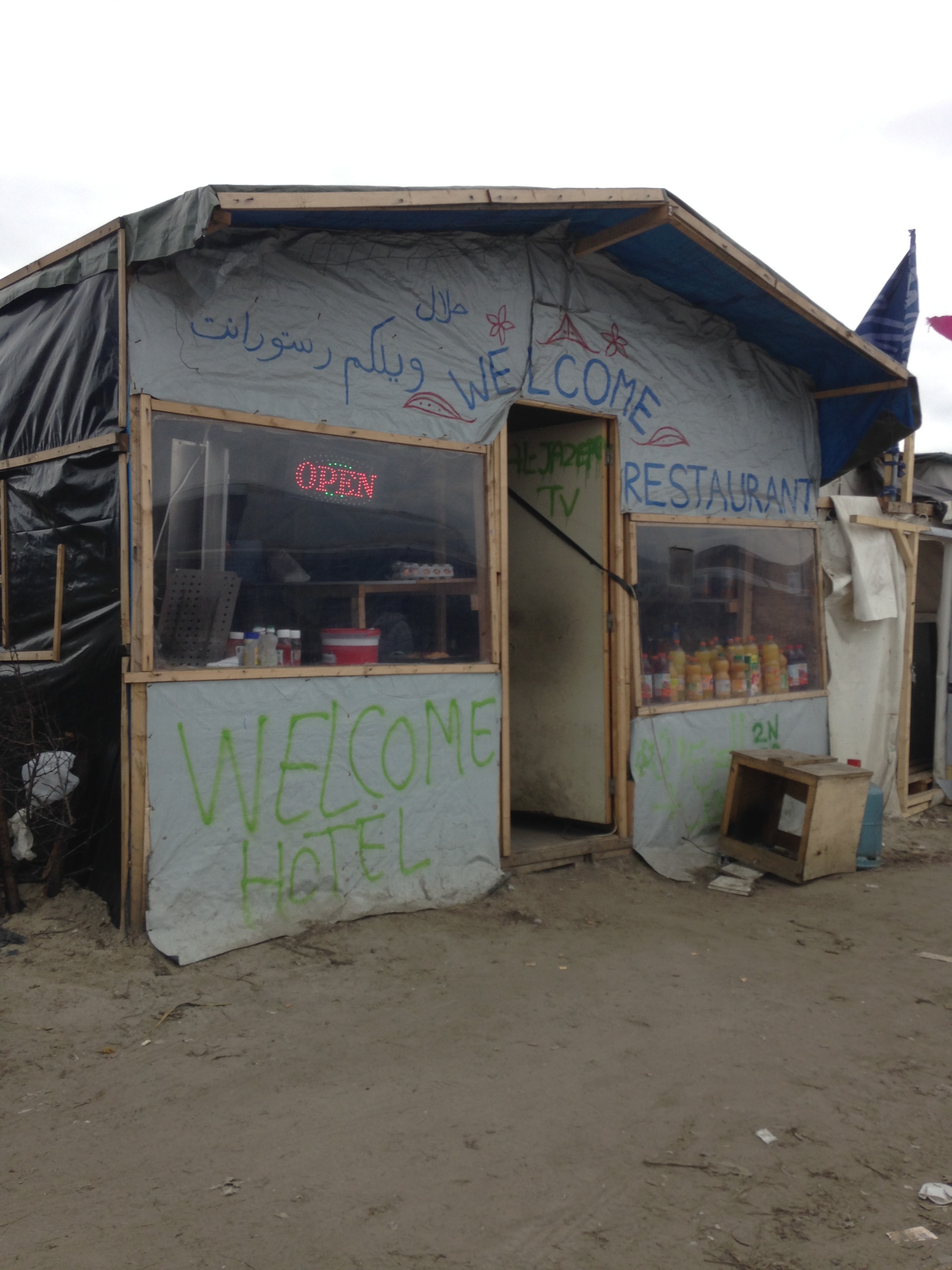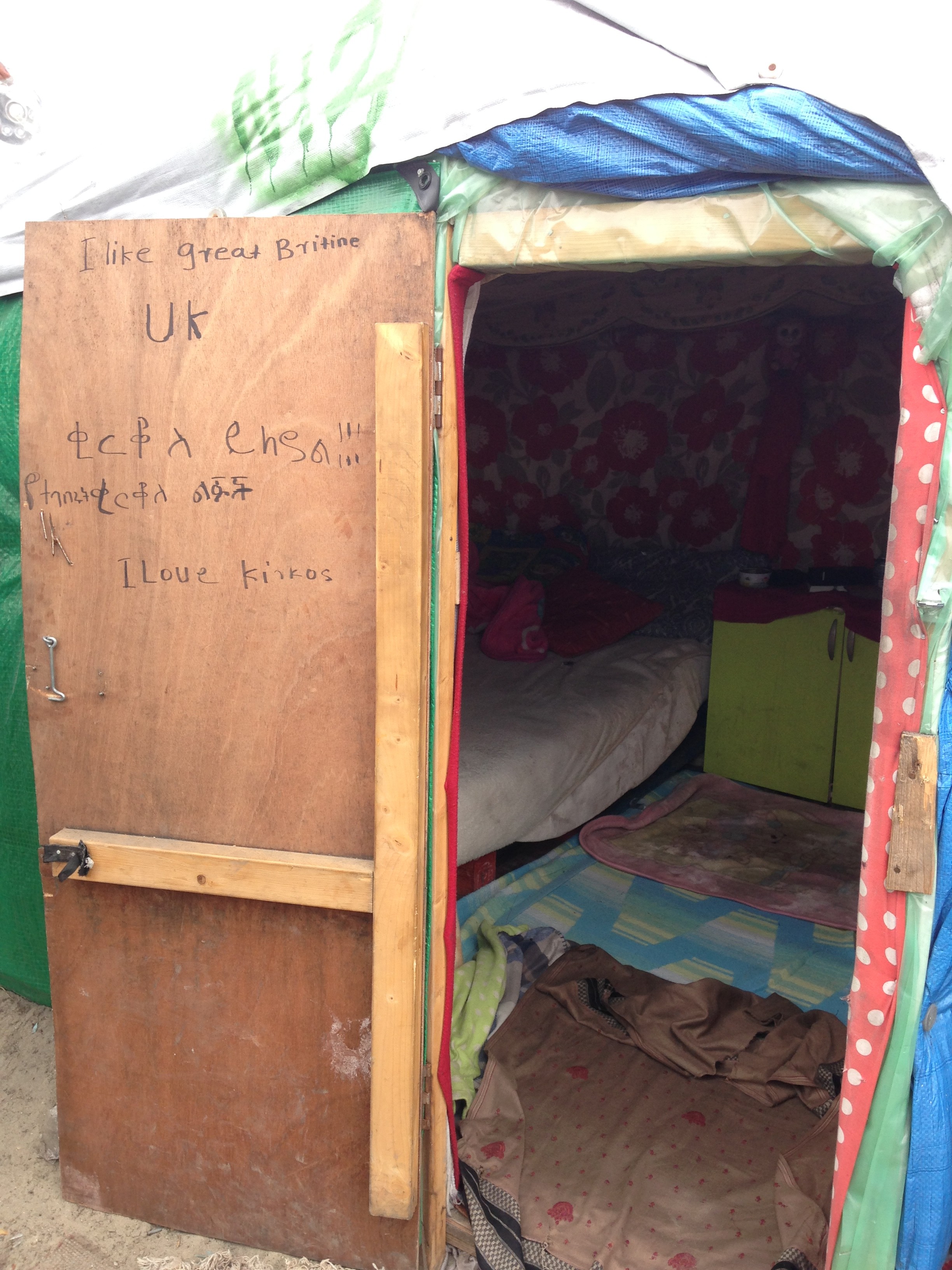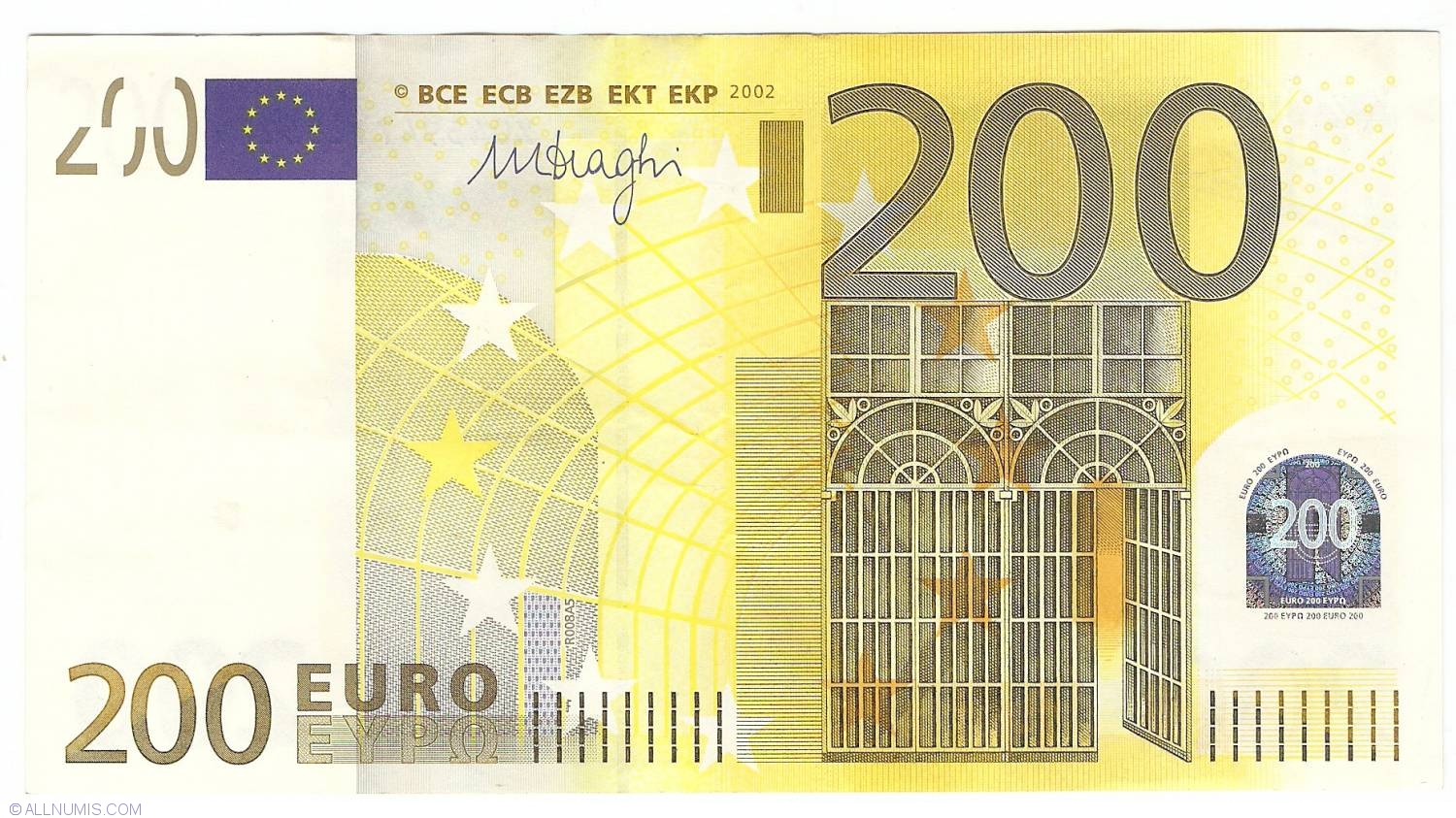
 Apr02 2016, Amsterdam
Apr02 2016, Amsterdam Art from Calais
The idea of a trip to Calais migrant camp emerged just a week before we ended up going. In a brief conversation with photographer Henk Wildschut about what we might do to react to his ‘Shelter’ exhibition (currently on view at our site), I asked him whether it was still worth heading down to visit the camp, especially since it looked like it was soon to be demolished. He was pretty clear: of course it was.
With that cleared up, a bigger problem reared its head: could we salvage some materials from Calais to make an artistic installation commenting on the camp? And if so, how could we present them in a way that is both helpful and respectful to the camp’s inhabitants? Henk said that it would be fine, so long as we explained ourselves properly and approached the question tactfully.
But starting with our first direct contact with the people maintaining the camp, it’s proven to be a tricky issue to navigate.
The Warehouse
Our first destination upon arrival in Calais was the warehouse containing the food, clothes, building materials and other resources set for distribution in the camp, most of which had been donated, and a lot of which was in a huge unsorted pile. When we arrived at the warehouse we dropped off the donations we had brought. Some of it was gratefully received but there was a notable hostility to certain items. Food great. But other stuff, questionable. No duvets, they’re not warm enough. Coats, yes. Clothes ok, but no women’s clothes (there are few women living in the camp and people have mostly donated women’s clothes already).
It was a swift transaction so we were quickly left to explain why we were there and ask for what we needed. Indeed, so quick was this exchange that our own questions immediately felt inappropriate. It wasn’t the right time to ask what we could salvage, the lady was pressed for time, and it takes time to explain our project, so after a quick tour around the facility we were left in the courtyard with no clear plan for our next move.
At this point I felt a palpable sense of scepticism about the viability of our overall aim. We had yet to establish contact with Maya, our contact in the camp, and it had been made abundantly clear to us that the atmosphere was tense ever since the North Sector had been dismantled a few weeks ago, so we’d be unlikely to get any help in taking something back with us for our project.
But soon enough we we were able to reach Maya and after saying that she could meet us the following day she urged us to explore the camp in the meantime.
Calais’ North Sector
Seeing the camp for ourselves proved to be a turning point. When we arrived there we easily gained entry and were faced not with hostility but at most mild curiosity and largely indifference (just right, we wanted to cause as little disruption as possible).

We explored the dismantled North Sector and realised that all that remained was very likely to be useless to the camps’ inhabitants. It was either dirty (they have no washing facilities), inappropriate for rebuilding structures in the South Sector and mostly burnt. It was clear that everything that was left, by dint of it still being there, had been deemed useless by the inhabitants of the camp. A view supported by the kind of things we salvaged:
– Rusty mattress spring
– Burnt chair with no seat
– Boat sail
– Broken stove
– Makeshift timber joints, and other structural elements
– A textured rug, grey with multicoloured detail
– A potato
– Burnt garlic
– Blankets
– Silver space foil
– A book of drawings
– Charred log (used for a structure)
In spite of their practical uselessness, there was evidently a story that could be told through these remains. The camp had been dismantled for no clear reason, besides that it had become too established. Maya described how she had seen various iterations of the camp over the years she had worked in Calais, all of which had been intermittently moved on and reshaped by an authority that were bent on asserting the temporary nature of the makeshift village, lest the inhabitants get too confident and start to feel too empowered. But the camp as it had stood in the past year was much bigger, and felt, according to Maya, much more permanent.
Leftovers of a hasty yet unprecedentedly massive dismantling, the things we collected convey a sense of a shifting power dynamic between the migrants and the French authorities, with the latter increasingly unable to manage in the midst of a bigger European-wide crisis. The fact that a lot of the things were burnt adds further complexion to the whole thing. In the dismantling, some inhabitants had chosen to set fire to their temporary homes rather than let the authorities demolish them, a final attempt to assert some autonomy from the police.
Calais’ South Sector
But the remains also evoked the snuffing-out of other vital aspects of the camp that had developed due to its greater permanence, details that are largely overlooked in representations and popular conceptions of the place: namely, the remarkable ingenuity, industriousness and idiosyncrasy of the camp’s inhabitants and their incredible ability to retain a sense of conviviality and straightforward fun, all of which we witnessed in the still-intact South.
There was frequent evidence of how house-proud people were. As well as building, we saw a lot of decorating going on while we were there and a whole bunch of cozy spaces in which to kick back with a cup of tea. There was also a shopping street replete with bakeries, groceries and restaurants representing the cuisine of all the major nationalities that comprised the camp, someone was even about to open a place selling milkshakes.


Each evening we ate in a different Afghan restaurant (due to the Afghan area occupying a space near to where our van was parked). Both meals were delicious. The restaurant we went to on the first evening had a television showing a Bollywood movie and the place was packed with people from the camp, some glued to the screen, others taking it easy, talking amongst each other. As I ate I spent my time looking at the structures, trying to see how they had been built and surveying the interiors which had evidently been cobbled together with whatever was around. It was pretty impressive, especially the little details: a door handle made with a nail and a strip of material, drinks cans used as washers, plastic plumbing for joins in the structure.
Back in Amsterdam
Before leaving the camp in the afternoon, we took what we could from the North sector, acutely aware of the potential ramifications of displaying each given object and the usefulness it could still have for the camp. A lot of thought went into the things we chose.
But another final problem emerged in bringing the objects home and discussing them with the rest of the group. In this new context it quickly became apparent that we would need to tread very carefully in order to make the right statement. Sure, we might have a good story and sure we might have some interesting things to show, but returning to normality it was clear that the context of affluent Amsterdam made the prospect of an exhibition of materials from a place which many people associate with misery, could easily make for a highly problematic artistic statement, and one which will inevitably open us up to charges of appropriation and an aestheticisation of people’s misfortune.
There are still quite a few reasons for proceeding (albeit with caution). We have all this stuff from the camp which was clearly not useful to the inhabitants, we should try to do something with it. We have a space to make a statement by bringing the camp and its dynamics directly to the individuals involved in the European political process. We had also been given the go ahead by Maya, who had a quasi-mayoral role in the camp and was very enthusiastic about the project’s potential. And most importantly, the objects are really evocative of several highly topical issues relating to Europe.
But still, how to make something honest and respectful that doesn’t border on exploiting the situation? It’s a very tricky dilemma and one we may never resolve. In the next article I will use a single object to explore these issues further.
Stichting EU2016 Plan C p/a Pakhuis de Zwijger Piet Heinkade 179
1019 HC amsterdam tel 020 - 624 63 80 hello@neweuropeans.org






comments